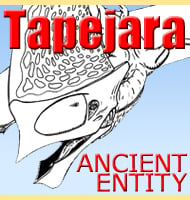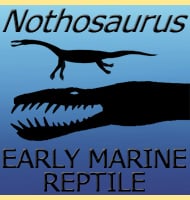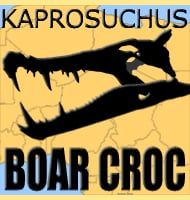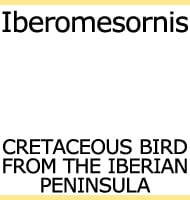In Depth
Ctenochasmatid pterosaurs are usually confirmed by their special dentition which allows them to filter sediment and water as they hunt for invertebrates. However this was not possible for Beipiaopterus because the skull was unknown. Instead the remainder of the body had to be examined for identifying features and the conclusion to this was that Beipiaopterus was a basal member of the Ctenochasmatidae. Although enough of the original pterosaur remains to give a fairly reliable indication of wingspan and total size, the fact that the specimen is of a subadult means that Beipiaopterus likely grew bigger with a wingspan exceeding one meter.
Beipiaopterus was the subject of a special 2005 study where the wing membrane was subjected to scrutiny under the power of an electron microscope. This study confirmed the presence of a network of blood vessels that have been speculated to have been for the purpose of thermoregulation. This has been held up as further proof for the theory that pterosaurs were warm-blooded, a state that would better support the lifestyle of an active flyer.
Further Reading
– A new pterosaur: Beipiaopterus chenianus, gen. et sp. nov. (Reptilia: Pterosauria) from Western Liaoning Province, China. – Memoir of the Fukui Prefectural Dinosaur Museum 2: 153-160. – J.-C. L� – 2003. – SEM Observation of the Wing Membrane of Beipiaopterus chenianus (Pterosauria). – Acta Geologica Sinica 79:6 766-769. – J.-C. L�, Y. Kobayashi , C. Yuan, S. Ji & Q. Ji – 2005.








